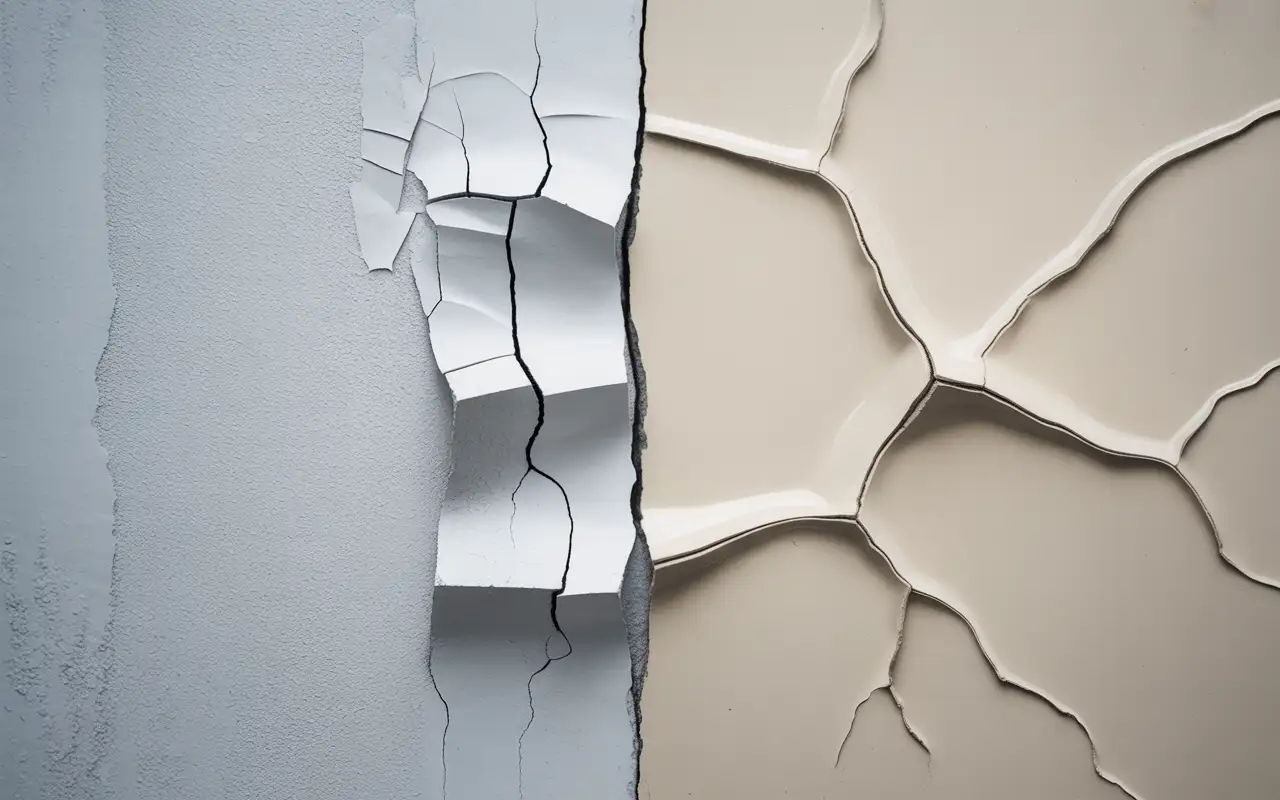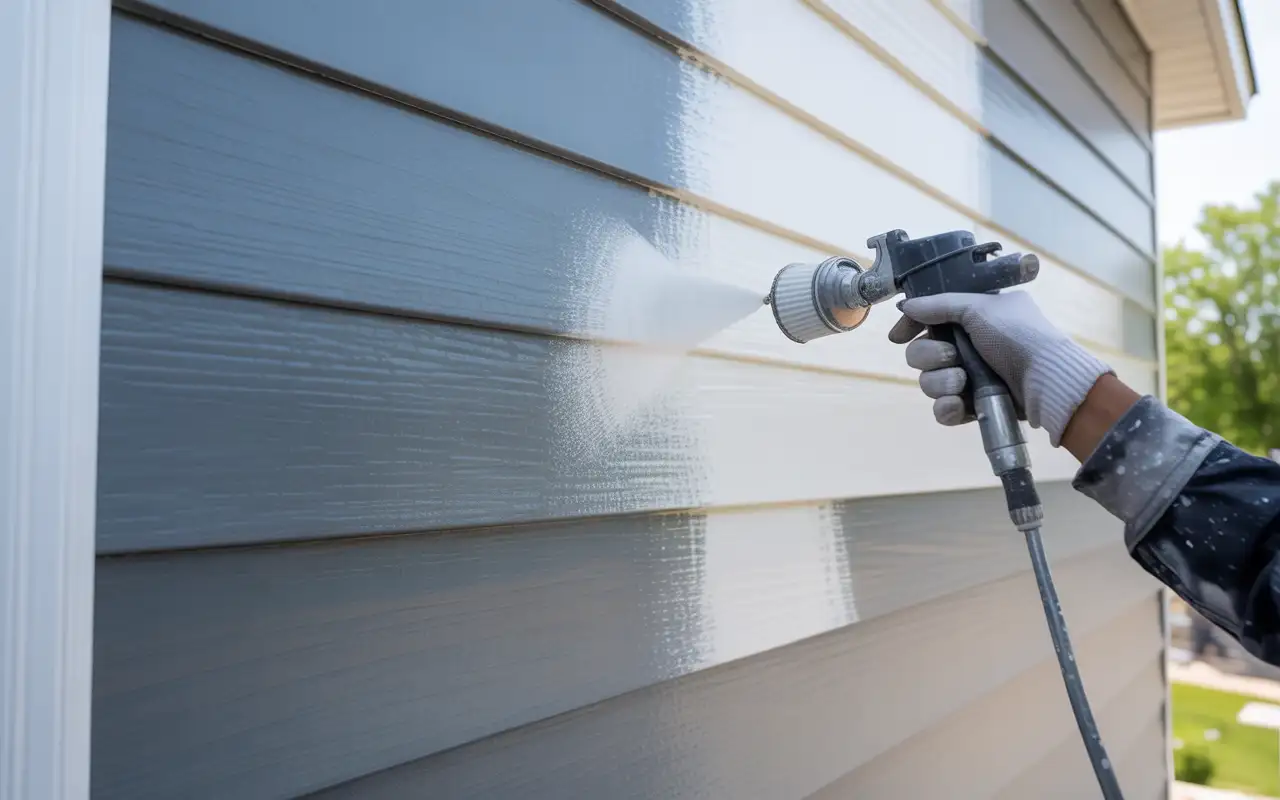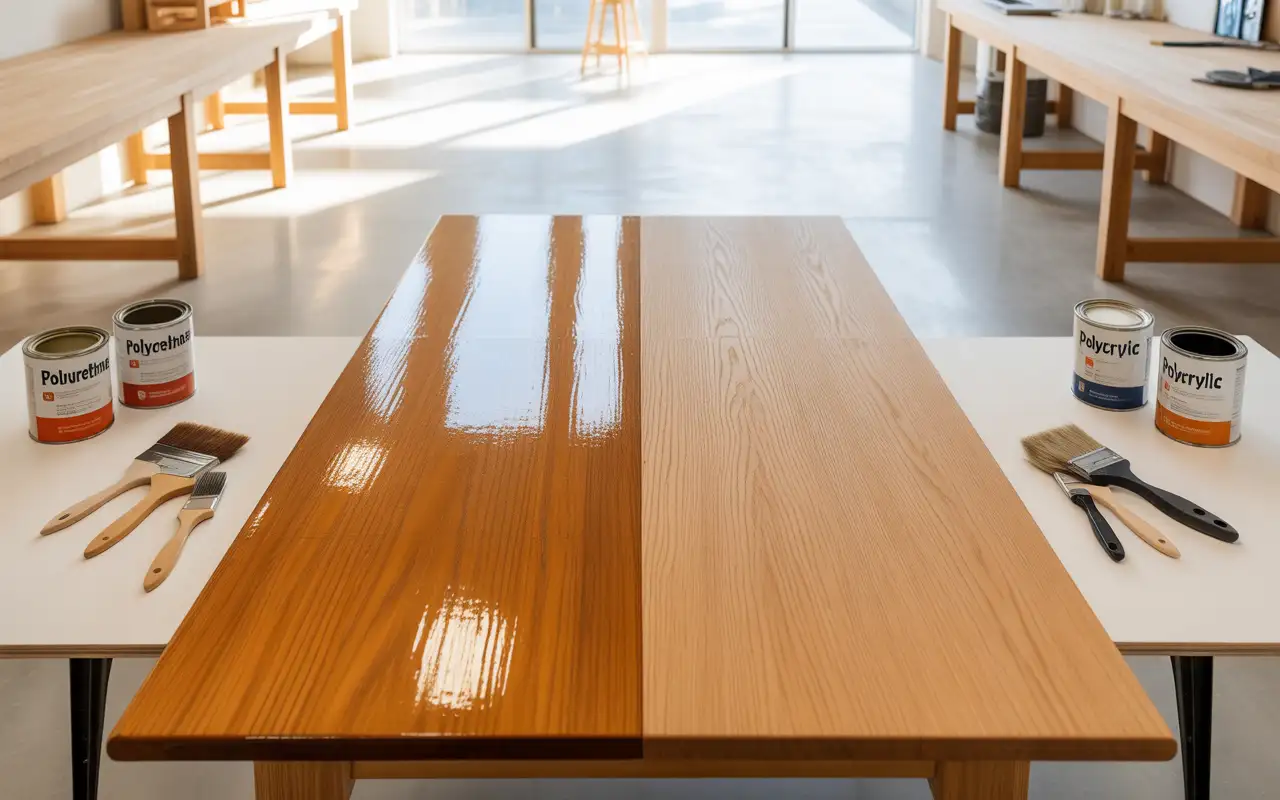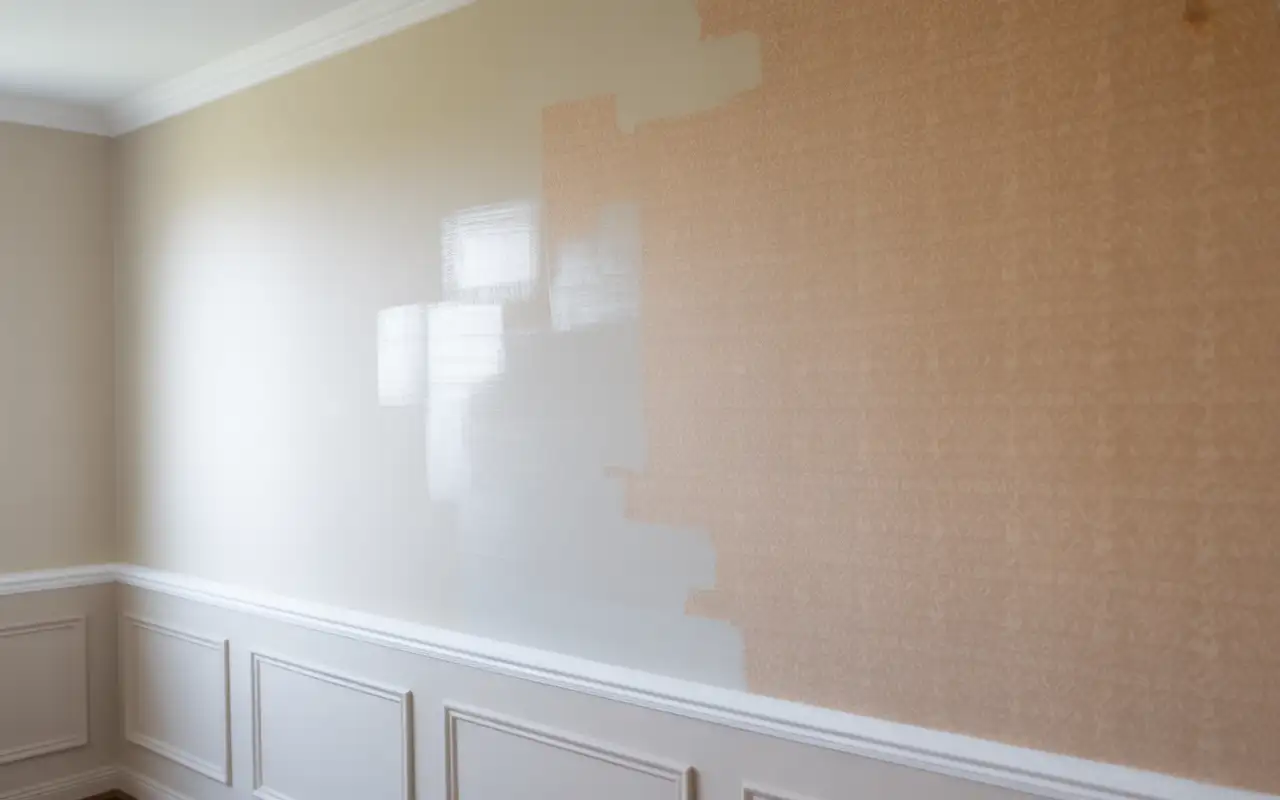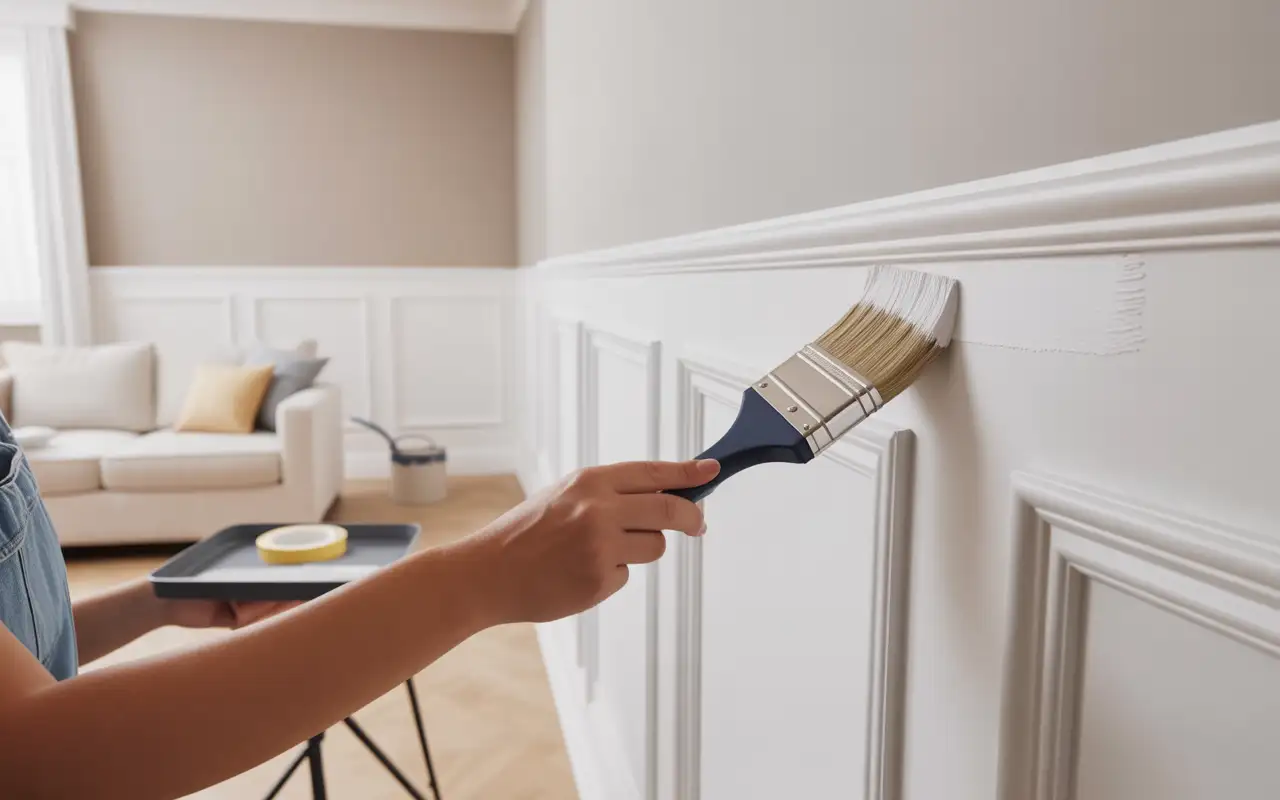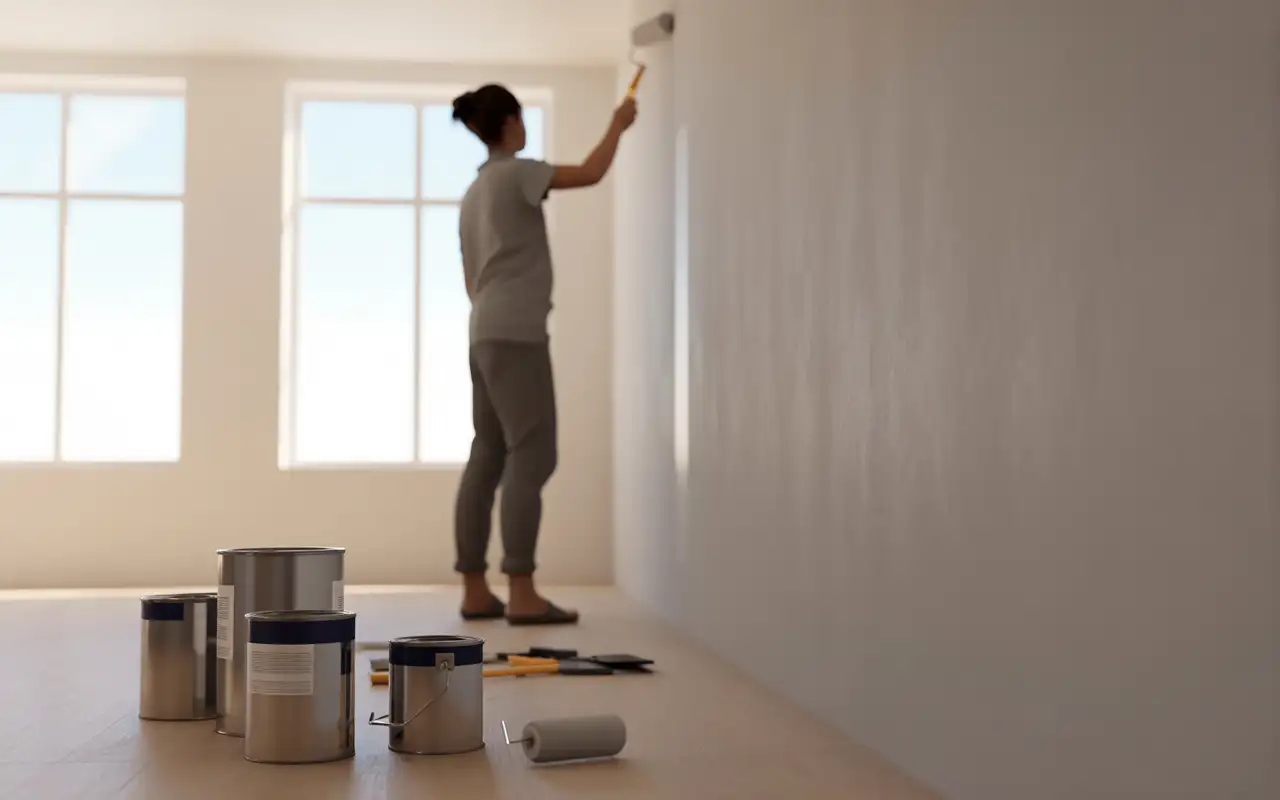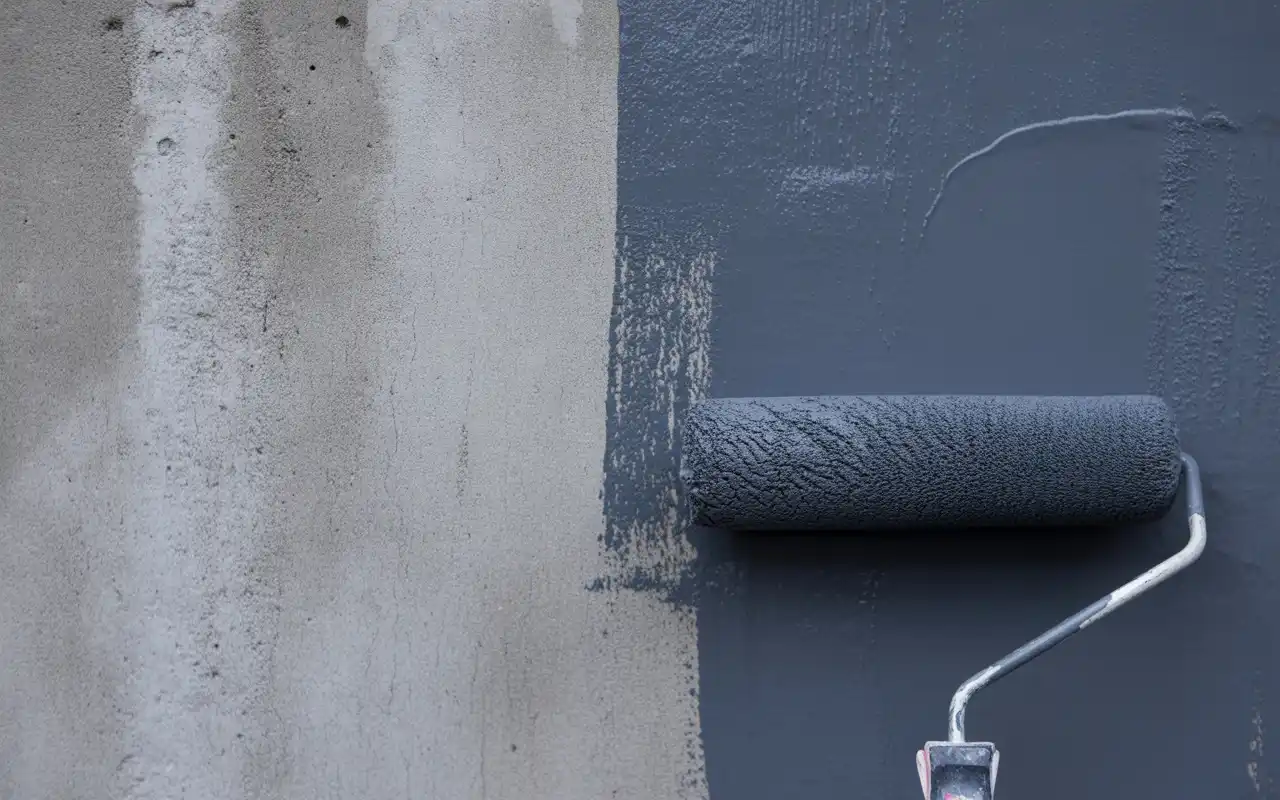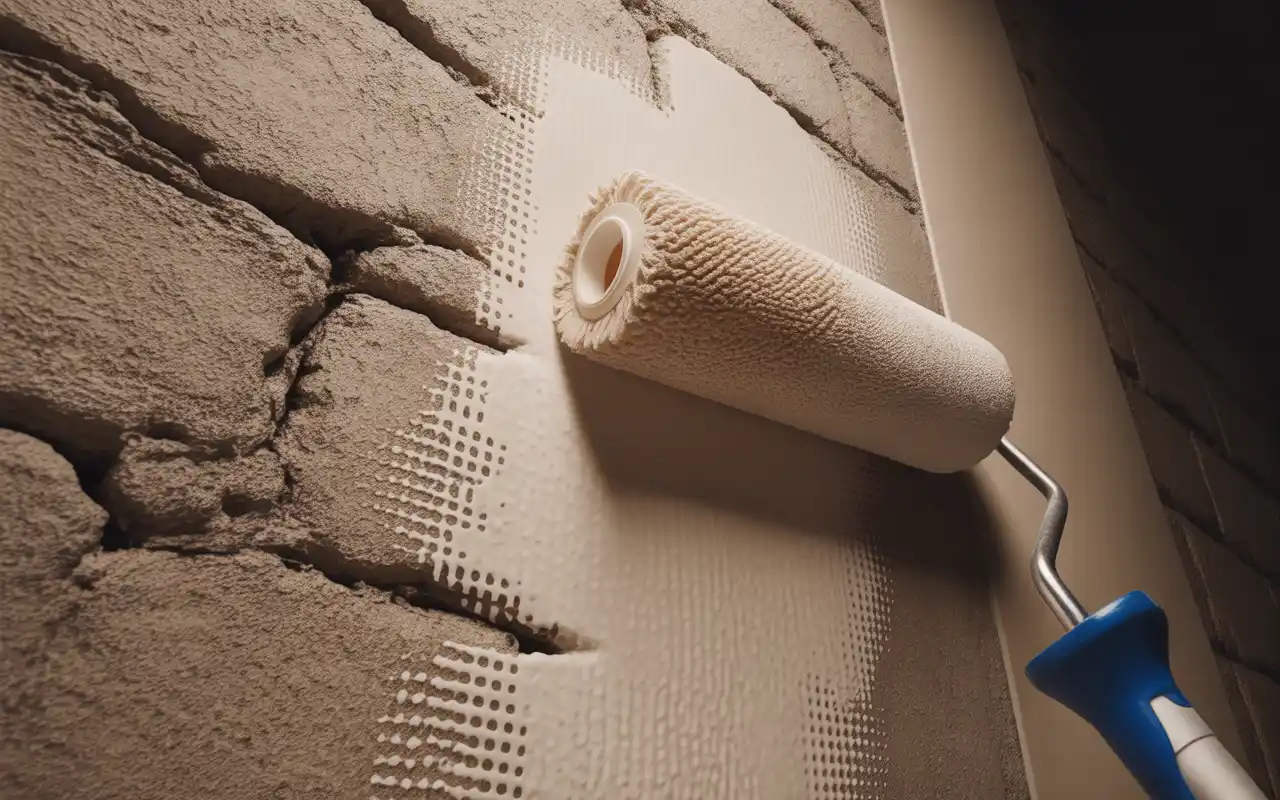What Is Elastomeric Paint? A Complete Guide to This Protective Coating
You’ve noticed those hairline cracks spreading across your stucco walls. Water stains keep appearing after every rainstorm. Your exterior paint is peeling, and you’re tired of repainting every few years. These problems point to one solution that contractors and paint experts recommend: elastomeric paint. This thick, rubber-like coating has become the go-to choice for protecting concrete, stucco, and masonry surfaces from water damage and weather extremes. In this guide, you’ll learn what is elastomeric paint, how it works, when to use it, and whether it’s the right choice for your home. Understanding this coating can save you thousands in repairs. We’ll break down the real costs, compare it to standard options, and show you exactly when elastomeric paint makes sense and when it doesn’t. What Is Elastomeric Paint and How Does It Work? Elastomeric paint is a high-build exterior coating that stretches and flexes with your walls. Unlike regular paint that cracks under stress, this coating contains special polymers that let it expand and contract up to 600% of its original size without breaking. The secret lies in its composition. Standard exterior paints apply at 2-3 mils thick. Elastomeric coatings go on 10-20 times thicker, creating a rubber-like membrane over your surface. This thick layer fills small cracks and creates a waterproof barrier that keeps moisture out. When temperatures swing from hot to cold, your walls expand and contract. Regular paint can’t handle this movement. It cracks and peels. Elastomeric paint moves with the surface, maintaining its protective seal year after year. The coating works through a simple principle. As it dries, it forms a flexible film that bonds to surfaces like stucco, concrete block, and masonry. This film bridges gaps up to 1/16 inch wide. Water can’t penetrate this barrier, but the coating still allows some vapor to escape, preventing moisture from getting trapped inside your walls. The Real Advantages of Elastomeric Paint Superior Waterproofing Protection Water damage causes more home repairs than almost any other issue. Elastomeric waterproofing creates a shield that stops rain from seeping into your walls. This matters most for stucco homes where water intrusion leads to expensive structural repairs. The coating’s thickness makes the difference. At 10-20 mils per coat, it provides significantly more protection than the thin layer standard paint offers. This extra thickness means water simply can’t find a way through. Exceptional Crack Bridging Ability Small cracks appear in concrete and stucco as buildings settle. These hairline fractures let water in and grow larger over time. Painting stucco with elastomeric paint solves this problem. The flexible coating stretches over existing cracks and moves with new ones as they form. This flexibility prevents further deterioration. Instead of water working its way deeper into cracks, the coating keeps everything sealed. The surface stays protected even as the building shifts slightly. Extended Durability and Lifespan Most exterior paints need replacing every 5-7 years. Elastomeric coatings last 10-15 years before requiring a fresh coat. This extended lifespan comes from the thick application and flexible formula that resists cracking and peeling. Many manufacturers back their products with warranties of 10 years or more. Compare this to standard paints that typically offer 2-3 year warranties. The longer protection period means fewer paint jobs over your home’s lifetime. Energy Efficiency Benefits Light-colored elastomeric coatings reflect heat away from your walls. This reflective property reduces cooling costs during summer months. While the savings vary based on climate and home size, the coating helps maintain more stable interior temperatures. This energy-efficient quality makes elastomeric masonry paint popular in hot climates like Arizona, Texas, and Southern California. When Should You Use Elastomeric Paint on Stucco? Stucco homes benefit most from elastomeric coating. The porous nature of stucco makes it vulnerable to water penetration. Applying elastomeric paint creates the protective layer stucco needs to last decades without major repairs. You should consider this type of paint when: Your stucco shows hairline cracks throughout the surface. These small fractures are perfect for elastomeric coating to bridge and seal. Water stains appear on interior walls after rain. This signals that moisture is penetrating your exterior walls. An elastomeric waterproofing system stops this intrusion. You live in areas with temperature extremes. Hot summers and cold winters cause walls to expand and contract repeatedly. The flexible coating handles this movement without failing. Your home is older and the original coating is deteriorating. Older structures often develop multiple small cracks that would be costly to repair individually. A thick elastomeric coating seals everything at once. You’re dealing with concrete blocks or poured concrete walls. These surfaces develop tiny cracks as they cure and age. The coating provides the flexibility these materials need. Disadvantages of Elastomeric Paint: What You Need to Know Higher Upfront Costs Elastomeric paint costs 40-60% more than acrylic paint. A gallon of quality elastomeric coating runs $60-90, while premium acrylic costs $40-50. The price difference comes from the higher solids content and specialized polymers. Coverage rates make the cost gap even wider. Elastomeric paint covers about 100 square feet per gallon. Standard exterior paint covers 250-300 square feet per gallon. You’ll need two to three times more elastomeric coating for the same surface area. For a 2,000 square foot exterior, expect to pay $800-1,200 for elastomeric paint versus $400-600 for acrylic. Add labor costs of $2-4 per square foot, and a complete paint job runs $4,800-9,200 for elastomeric versus $4,400-8,600 for acrylic. Color Fading Issues Dark colors fade badly with elastomeric coatings. Blues, reds, and browns lose their vibrancy within 4-6 years when exposed to strong sunlight. This happens because the thick coating can’t release heat as efficiently as thinner paints. Light and medium colors hold up much better. Beiges, tans, grays, and whites maintain their appearance for the full 10-15 year lifespan. If you want dark colors on your exterior walls, acrylic paint resists fading better than elastomeric coatings. Complex Application Requirements Improper application leads to coating failure. The thick consistency requires specific techniques that DIY homeowners often struggle with. You need: Thorough

